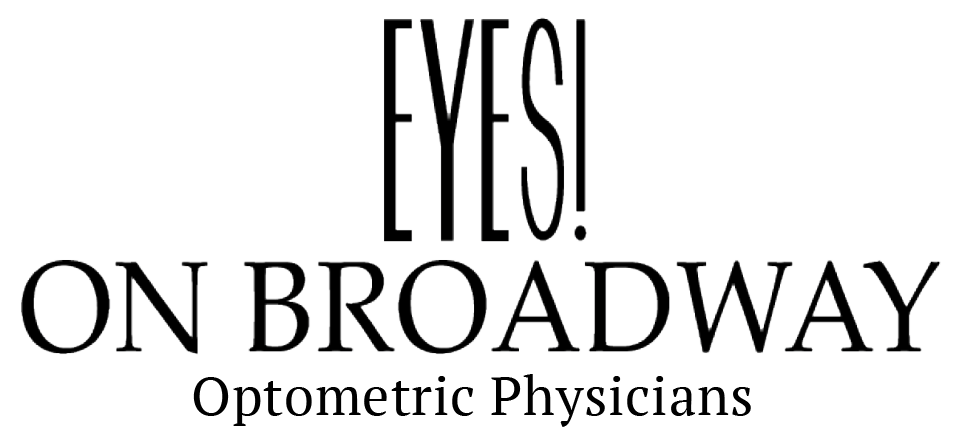The History of Eyewear
Long ago, it used to be, well, “uncool” to have to wear glasses. Of course, times have indeed changed, and many wear glasses when they don’t even need them. Glasses can make a person look smarter, more stylish, or more serious. Of course, eyeglasses have been around for centuries and remain one of the most widely used forms of vision correction. While their initial invention is widely disputed, there are records that suggest they were first crafted by Italian artisans in the 13th century.
Whether you need them or not, eyeglasses can spruce you up to look smarter, hipper, and (sometimes) more serious. Image Courtesy: Envato Elements
Eyewear took a significant leap forward in 1730 when British optician Edward Scarlett invented bifocals—glasses with two lenses that could provide clear vision at both far and near distances. In 1884, American inventor John McAllister patented a single pair of glasses capable of switching between normal corrective lenses and sunglasses depending on light exposure.
The world's first contact lenses appeared in 1936 as an alternative to eyeglasses; however, it was not until the 1950s that plastic-based materials made them safe enough for widespread use. Today, annual sales for eyewear—including both prescription glasses and contacts—are estimated to be over $90 billion globally. I wonder what percentage of these sales is for vision correction vs. enhancing ones look? To be sure, I look cooler in my glasses, and I have noticed that people even listen to me more intently when I’m donning them.
Sunglasses not only look great they’re critical for protecting your eyes against harmful UV radiation and glare. Image Courtesy: Envato Elements
Advances in eyewear technology have provided various benefits to vision correction over the years. In 1948, engineer Bernard Jammes invented optical lenses that could automatically darken when exposed to sunlight, a process now known as photochromic lenses. This technology has since been refined and is generally used for sunglasses and other specialized lenses today.
More recently, digital advancements have allowed for the development of high-tech eyeglasses with features such as augmented reality displays and even built-in hearing aids!
Eyewear plays an important role in keeping our eyes healthy and protected. Proper vision correction with glasses or contacts can help reduce the strain on our eyes and prevent long-term damage to our sight. Sunglasses, meanwhile, are essential for protecting our eyes from harmful UV rays, which can increase the risk of eye diseases such as cataracts and macular degeneration. So, the jury is in. Glasses and sunglasses are not only healthy for your eyes but also for your social status. We’ll just be watching for what’s next.
Read some past blog posts on the importance of glasses and sunglasses with regard to eye health:


